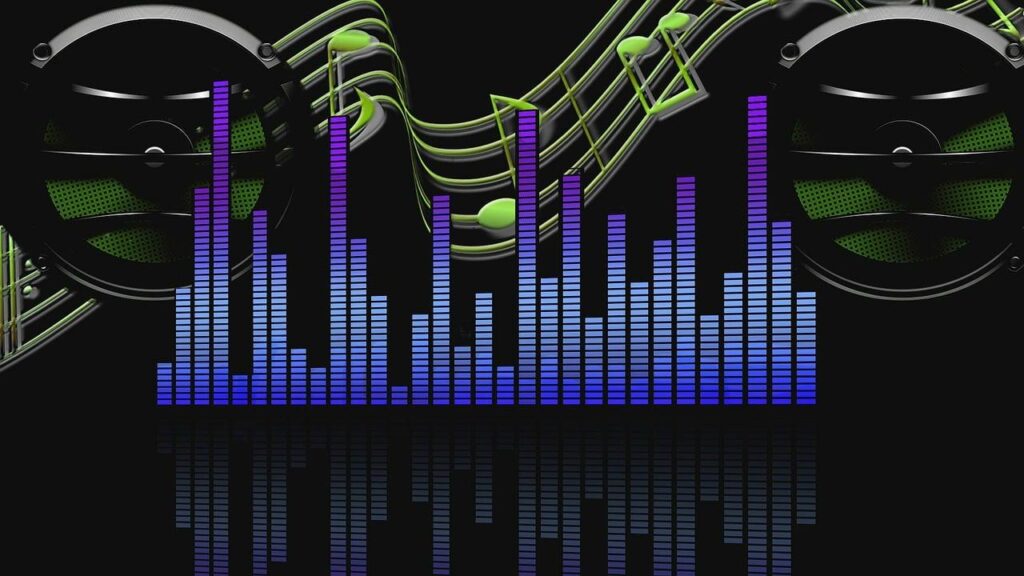Memes used to be simple. Just a picture and a punchline. Now, it’s the sound that sticks. From voice snippets and distorted screams to viral catchphrases, audio drives how you laugh, react, and remix online.
Sound has moved from background detail to cultural engine. A three-second clip can echo across TikTok, Discord, and Twitch within hours. It doesn’t need context — just the right tone, delivery, or weirdness to catch fire.
Going viral with sound is hit or miss. One odd voice line might flop, another might dominate every scroll. It’s the online version of the game big small — part timing, part luck, and all about reaction. And when it hits, it hits everywhere.
The Shift: From Static to Sonic
In the early 2010s, internet humor was built on image macros, bold captions, and reaction faces — everything was visual. But with the rise of Vine and later TikTok, sound took over as the main driver of virality.
Today, a funny video often goes viral because of its audio. The words, the tone, and even a well-timed pause become the hook. A three-second clip of someone saying “Emotional damage!” can hit harder than any GIF.
Even classic memes now pair with sound. A screenshot might set the scene, but the voice gives it weight, personality, and replay value. Sound has become meme culture’s secret weapon.
Why Sound Memes Stick
Sound doesn’t just support memes — it makes them. Audio hits faster and sticks longer, especially when mixed with humor, surprise, or absurdity. That’s why some clips live rent-free in your head.
Here’s what makes them so sticky:
- Repetition: You hear it everywhere, in back-to-back videos or across platforms. It builds familiarity fast.
- Rhythm: Whether spoken or sung, meme sounds often follow a beat or cadence that’s easy to repeat.
- Emotional charge: Anger, glee, cringe — the delivery hits you right away.
- Easy recall: They’re short, distinct, and mimicable — easy to remember and reuse in daily life.
- Nostalgia triggers: Sounds that echo childhood shows or old YouTube clips bring instant connection.
It’s this blend of instant recognition and emotional hit that turns a soundbite into a cultural moment.
Anatomy of a Viral Meme Soundtrack
Not all sounds go viral, but the ones that do tend to follow a pattern. They’re emotionally sharp, endlessly flexible, and instantly recognizable. A strong viral sound usually contains these ingredients.
Distinctive Voice
It might be awkward, overdramatic, or hilariously monotone. But it’s never generic. The voice grabs attention and adds flavor — it sets the tone and creates instant personality. Even if you don’t know the source, the delivery alone can make it unforgettable.
Unexpected Moment
Many sounds go viral because they come out of nowhere — someone says something weird in the middle of a livestream, and suddenly it’s everywhere. The surprise factor gives the clip energy and makes it more replayable.
Hook
Whether it’s a scream, a beat, or a dramatic phrase, something in the sound makes you stop scrolling. That hook turns a one-off clip into something others quote, mimic, or remix without even needing the original context.
Remixability
Viral audio isn’t static. It invites edits: pitch shifts, mashups, lip-syncs, or loops. The more ways it can be twisted, reused, or reimagined, the more likely it is to survive and evolve across trends.
Sound Across Platforms: One Clip, Many Lives
A viral meme sound rarely stays in one place. It starts on TikTok, jumps to Twitch as a stream reaction, and then shows up in Discord servers as a soundboard button. Eventually, it makes its way to Reels, Shorts, and even group chats.
Each time it’s reused, it picks up new meaning. A sarcastic voice might become celebratory. A scared yell might turn into a meme fail soundtrack. Sound is fluid, and because it travels well, it becomes part of internet language faster than any image ever could.
This cross-platform spread keeps sounds fresh. They evolve with context, gain layers of meaning, and remain usable in ways visuals often don’t.
Final Take: The Sound Is the Meme
Memes have evolved. Sound gives them emotion, flexibility, and staying power. You don’t just watch memes — you hear them, quote them, and pass them around. A single voice clip can react, mock, or celebrate in seconds. It often says more than a full sentence. In today’s internet culture, sound is no longer a side element. It takes the lead.
